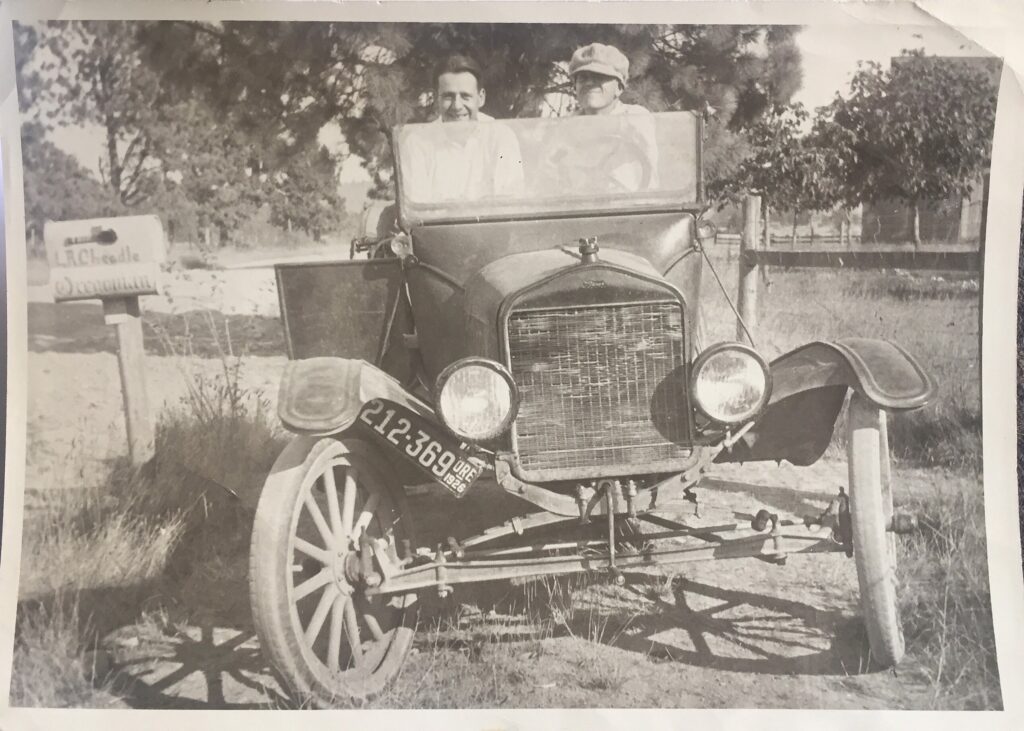If there’s one thing that describes successful organizations in our time, it’s “agility” – the ability to quickly detect and rapidly act on change in ways beneficial to the organization.
For its part, IT has had agile intentions for some time, but it still eludes many, and how to agile-ize ITSM remains a common challenge faced by many.
Those who believe ITSM can’t be agile either don’t understand ITSM or agile (or both.)

Recently, I was awarded the prestigious The Shiny New Thing That Really Helps award by Paul Wilkinson, whom many know as the author of the evergreen book “The ABC of ICT”. Read the article; Paul gives plenty to think about.
After more than three decades in the industry, including time as a CIO, I’ve come to the inescapable realization that the challenge we face in building high performing organizations is not, primarily, technology, frameworks, methodologies, or ‘shiny new things’ (despite the seemingly sincere promise that each individual solution, unlike any other, will actually help!).
Believe it or not, ITSM was once that shiny new thing. In more modern times, #Agile and #DevOps are undoubtedly shiny.
How many of us cringe when our CIO and senior management start reading the latest shiny new book on business and leadership? We brace ourselves for the inevitable barrage of new buzz words and ideologies.
But it never amounts to much – not real and lasting change, anyway. It doesn’t because it doesn’t address the enormous underlying challenge of Organizational Culture. In his book, Paul speaks of Attitudes, Behaviors and (that shape the organization’s) Culture. His is a timeless book because we cannot escape that we’ve already met the enemy, and he’s staring at us from the mirror – our company’s attitudes and behavior that collectively make up the company culture.
But, not all is lost; I bring you hope.
Radical focus on Customers
In my last article on Agile-izing ITSM, Part 1 I answered a question I hear a lot – “how can we make our ITSM more agile?” I offered a practice I’ve developed over the years – Transition 50/50℠ – a radical slashing of cycle and meeting times.
In this article I introduce what I believe lies at the heart of the agile culture – Radical Customer Focus.
There are two elements here that I want to unpack.
The first element is the word “radical.” By definition, radical is out-of-the-norm. Unusual, uncommon. In other words, for something to be radical, it must stand out as more focused and driven than others doing similar work
A Radically Customer Focused team stops at nothing to understand the organization’s business challenges and obstacles. A passing familiarity is not enough. Once understood, they relentlessly drive innovation, improvement and overcome whatever stands in the way of achieving the goals and objectives of the company.
The second element, unsurprisingly, is “customer.” There is a lot of talk about IT becoming part of the business and that acting as a service provider/service consumer is a poor model. I’ll save that debate for another day, but it’s entirely irrelevant to this discussion.
A customer is a benefactor of our fruits and efforts. The customer carries the idea that they matter – more so than someone with whom we don’t have such a relationship.
When combined, Radical Customer Focus becomes an urgent call to action for a sleepy IT.
Call to action
As in any human relationship, it’s hard to be even moderately aware of customers’ challenges if you don’t spend time in their space, seeking to understand the nature of their business challenges. ‘Radical’ takes it up several levels with an unquenchable passion for finding solutions to business problems and overcoming barriers to achieving business goals and objectives.
It’s a way of life that consumes the mind of technologists, and one of the tools of the trade is Design Thinking.
Design Thinking
Design thinking has been around for many years and applies to everything from functional art to spaceship design. It predates Agile and DevOps by quite a bit. Rather than considering it a methodology, it is an approach of good-thinking applied to designing things others use.
I strongly encourage you to study Design Thinking (or human-centered design) independently, even if you have some familiarity. I’ll offer a quick overview for developing and improving IT services and IT Service Management capabilities.
In Why Design Thinking Works, Harvard Business Review author and University of Virginia Darden School of Business faculty Jeanne M. Liedtka highlights the essential elements of Design Thinking:
- Customer Discovery
- Idea Generation
- The Testing Experience
I’ll focus on the Customer Discovery step for this discussion, but the rest is equally important.
The problem with traditional needs identification (a.k.a, “requirements gathering”) is that it tends to only identify needs explicitly expressed. Design Thinking takes a different approach – inhabit the customer’s environment, discovering the hidden needs.
This discovery is where you do your research. Would-be innovators must get into the space where customers live. Observe what they do and what problems they experience. Here we gather as much information as possible.
Armed with first-hand observations and data, we turn our attention to sorting out our observations. Ideally, one of the tools is to make it personal – create galleries of the people we observed – what they did and said. We must learn what problems they faced and how they solved them – or didn’t.
Small groups then analyze the galleries to avoid group-think or personal bias. We’re looking for patterns and trying to make sense of what we observed.
With team observations secured, we begin facilitated workshops to compare, contrast and combine ideas and observations, or gather insights. We’re now trying to answer the question – “if whatever we design could do one thing very well, what would that be?”
This summary is, of course, a vast simplification of Design Thinking. Still, you can already see that it embodies the idea that everything we do must radically focus on the customer.
Design what?
I love Design Thinking – because it’s light on processes and heavy on patterns of thinking and acting in ways that demonstrate Radical Customer Focus.
Application is relevant to anything you are designing – processes, practices, value streams, IT products and services, and much more.
What about an ITSM practice like Incident Management?
For starters, ask yourself, “who are the customers of the practice, both inside and outside of IT.” Once identified, we must get into their space. For Incident Management, I’d connect with end-users who call for support. Seek to understand when, where, and how they work. Look for pain points and frustration. Look for unnecessary steps or redundant activities, work, or effort on their part. Think about if there were one thing one could improve for when things go wrong – from the customers’ perspective – what would that be?
Making it work
There’s an obvious danger here that Radical Customer Focus is yet-another shiny thing promising to help (and it can!), but it’s also possible it will fade away into the long path of didn’t-works. Why?
Return to our old friend; culture. How do you change a culture?
Surprise! (you don’t!). Our focus is on attitudes expressed as behaviors. IT leadership has a tremendous responsibility to establish and model the expected behaviors. In both their actions and inaction, they clarify behaviors (both good and bad) that are acceptable – and this creates the culture.
Want more agility in ITSM? Start by getting your team radically focused on your customers.
I wish you luck on your journey to agile-ize ITSM in your company. If you have questions or need help, feel free to reach out.



One comment on „Agile-izing ITSM, Part 2”
Comments are closed.